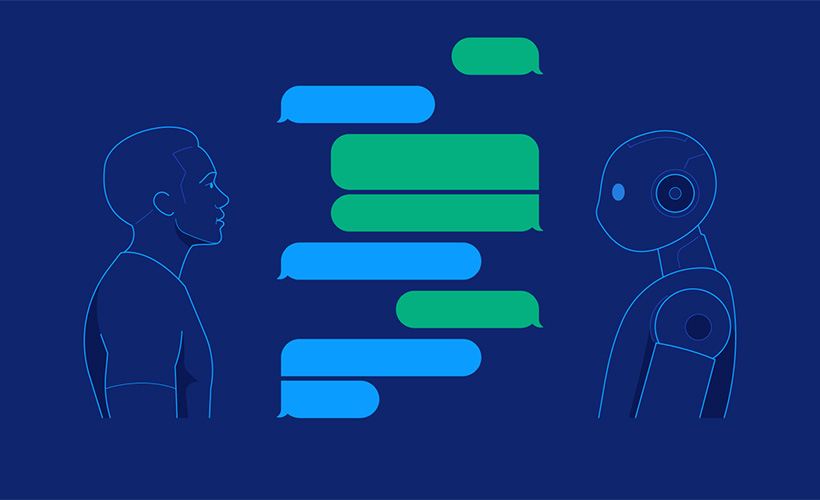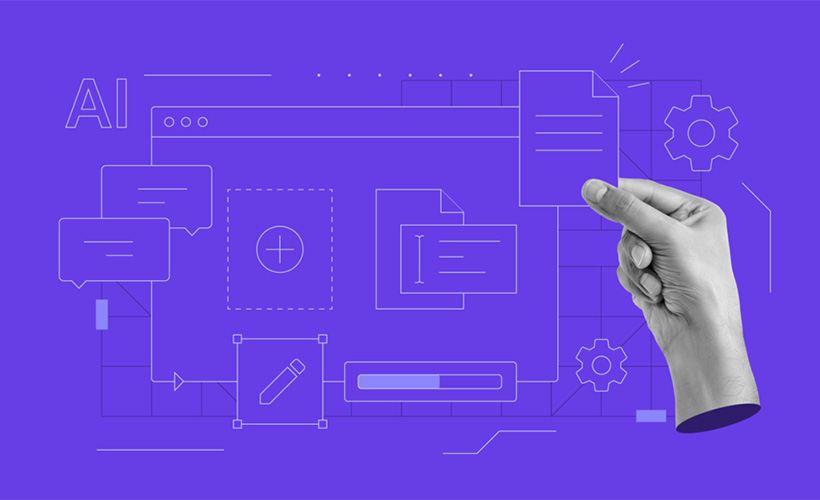
5 BEST AI WEBSITE BUILDERS: Generate a Website in Seconds! [Video]
Video uploaded by Aurelius Tjin on July 26, 2023.
What Are the Best Practices to Set Your Website for a Strong Measurement and Audience Strategy with AI?
Setting up a website with a robust measurement and audience strategy powered by AI requires a combination of best practices from traditional analytics and the innovative capabilities offered by artificial intelligence.
Here are the best practices to consider:
- Define Clear Objectives: Understand what you want to achieve with your website, whether it’s sales conversions, lead generation, brand awareness, etc. Define key performance indicators (KPIs) related to these objectives.
- Choose the Right Tools: Employ tools that are AI-capable, such as Google Analytics 4 (GA4), which has built-in AI features. Consider advanced AI analytics tools like Heap, Mixpanel, or Adobe Analytics for deeper insights.
- Implement a Tag Management System (TMS): Use platforms like Google Tag Manager to manage and deploy website tags without constantly modifying the code. This ensures that all user interactions are being captured efficiently.
- Segment Your Audience: Leverage AI to identify audience segments based on behavior, demographics, device, acquisition channels, etc. Tailor content and marketing strategies based on these segments for more personalized experiences.
- Predictive Analytics: Use AI-powered tools to forecast trends and user behavior. This will allow for better resource allocation and marketing strategy planning.

Implement AI-powered chatbots to guide users, answer queries, and gather data on user pain points and needs.
- Chatbots and Virtual Assistants: Implement AI-powered chatbots to guide users, answer queries, and gather data on user pain points and needs.
- Adaptive Content: Use AI to dynamically adapt website content based on the visitor. This includes changing CTAs, images, or even the layout depending on the user’s profile and behavior.
- Recommendation Engines: Implement AI-driven recommendation systems (like those seen in e-commerce platforms) to suggest products, articles, or services to users.
- Enhanced Visual Analytics: Tools like heatmaps and session recordings, when combined with AI, can offer insights into how users interact with your site and where they face issues.
- Automate Reporting: Schedule automated reports using AI analytics tools to stay updated on website performance without manual intervention.
- Anomaly Detection: Utilize AI’s ability to detect anomalies in your data, alerting you to any unexpected spikes, drops, or trends in your website metrics.

Implement AI-driven A/B testing tools to optimize different versions of your website content and design.
- A/B Testing: Implement AI-driven A/B testing tools to optimize different versions of your website content and design. This allows for continuous improvement based on real user data.
- Privacy and Ethics: Ensure that you’re compliant with privacy regulations like GDPR, CCPA, etc. Use AI to automate the management of user data rights, such as data deletion requests. Be transparent about how you use AI and data on your website.
- Continued Learning and Training: AI models can become outdated. Ensure that you regularly train your models with new data and stay updated with the latest AI trends and best practices.
- Integrate with CRM and Marketing Platforms: Ensure your AI analytics tools can integrate seamlessly with your CRM and marketing platforms. This allows for a unified view of your audience and enhances personalization strategies.
- Feedback Loops: Create a mechanism where the insights and learnings from the AI systems are looped back into the strategy. This ensures continuous improvement.
By incorporating these best practices, you can set your website up for success, leveraging AI to understand your audience better, optimize user experience, and drive more meaningful engagements.
Links
- The best AI website builders in 2023 – Zapier
- Sell your pre-owned electronic device online – iGotOffer






Facebook
Twitter
RSS